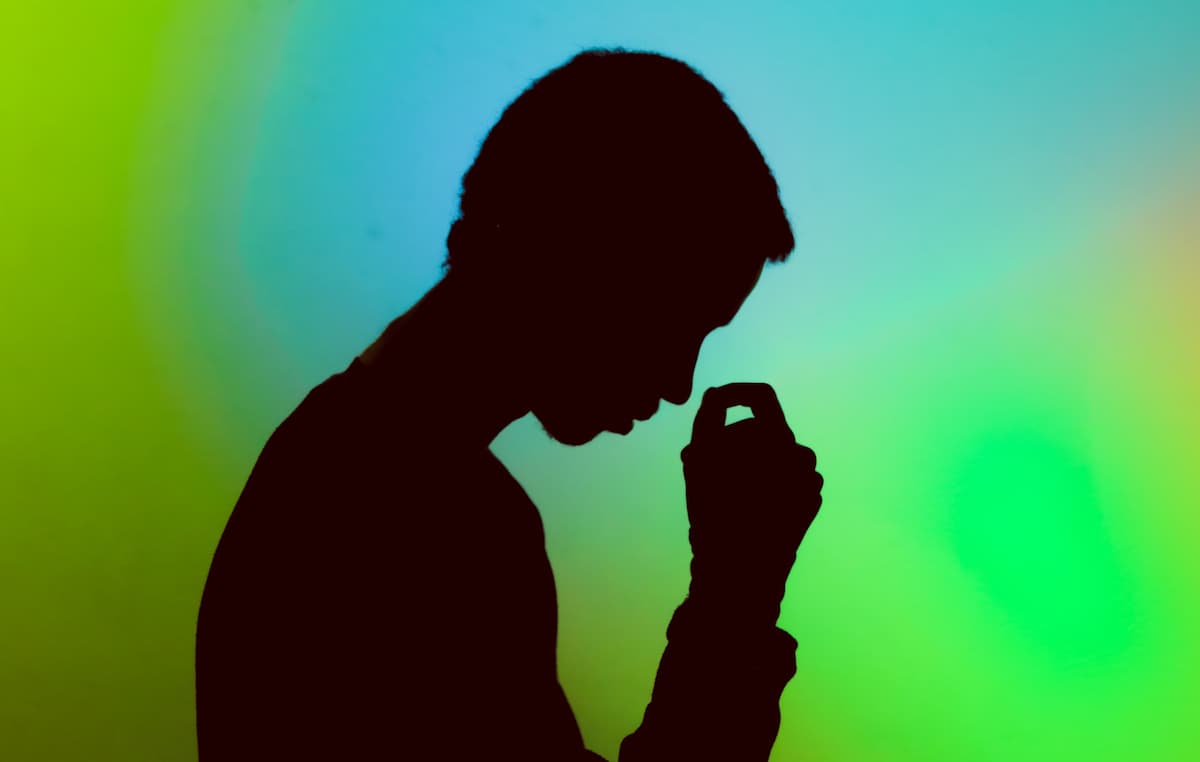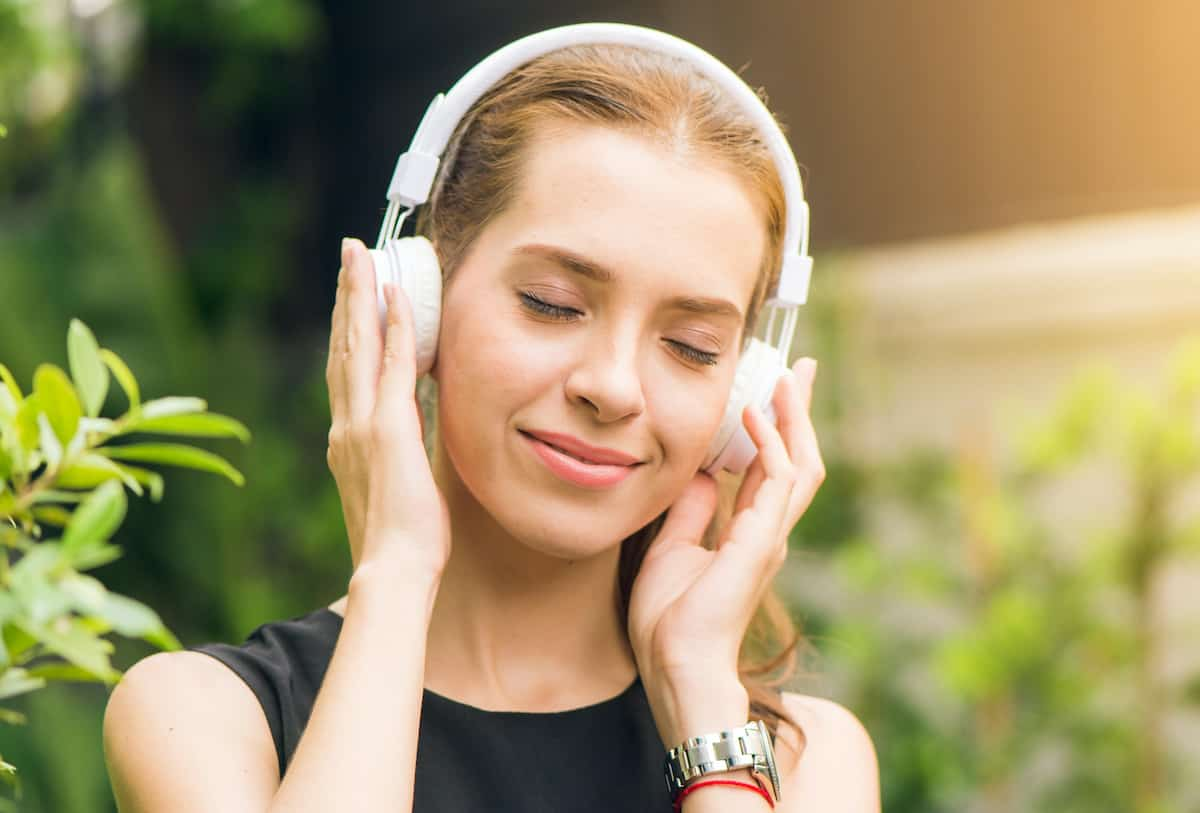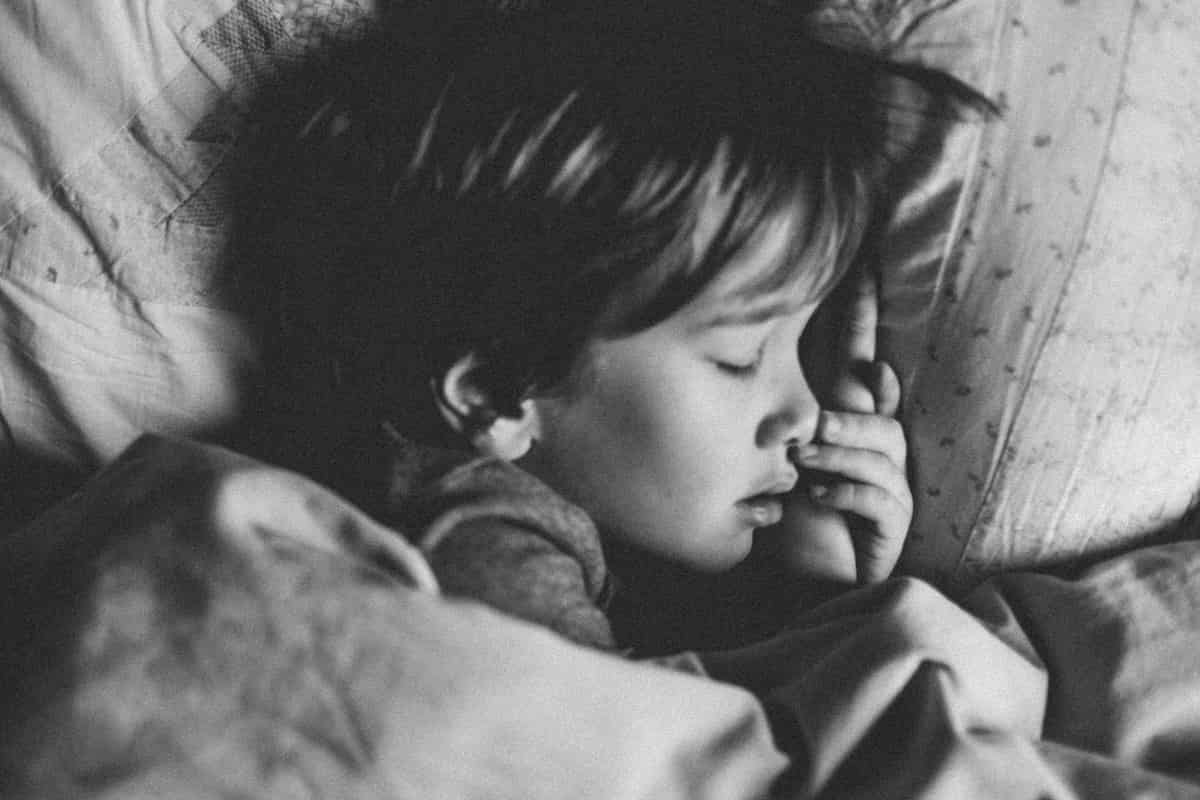People eating this way are less likely to suffer from depression and other mental health problems.
People eating this way are less likely to suffer from depression and other mental health problems.
People who eat intuitively have a lower chance of developing mental health problems, research finds.
Eating intuitively means eating based on hunger and fullness.
Dieting or restricting food intake is the opposite of intuitive eating.
Everyone is probably an intuitive eater when they are born.
But, over the years, the effects of social conditioning change how some people view food.
People learn that wasting food is bad, that certain tasty foods should be avoided, along with a host of other rules.
Unfortunately, these rules can paradoxically make people desire the banned foods more.
Some end up eating to excess because of the restrictions they have placed on themselves.
The conclusions come from a study of 1,491 adolescents who were tracked over 8 years, between the ages of around 14 to 22.
They were all asked questions like:
- do you stop eating when you are full?
- do you trust your body to tell you how much to eat?
- do you eat everything on your plate, even when no longer hungry?
The idea was to see whether the young people were trusting their own internal bodily states or following some external guidelines.
The results showed that intuitive eaters tend to trust their own body so they stop when they are full, rather than when the plate is empty.
Intuitive eaters, it emerged, experienced fewer depressive symptoms, more satisfaction with their body, higher self-esteem, less binge eating and fewer extreme or unhealthy weight control behaviours.
People with the intuitive food behaviours were 74 percent less likely to binge eat.
Dr Vivienne Hazzard, the study’s first author, said:
“The fact that these results came from such a diverse sample suggests that the benefits of intuitive eating seem to cut across racial, ethnic, and socioeconomic lines.”
The study was published in the Eating and Weight Disorders – Studies on Anorexia, Bulimia and Obesity (Hazzard et al., 2020).








